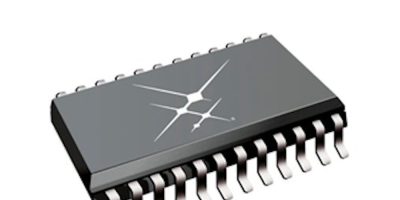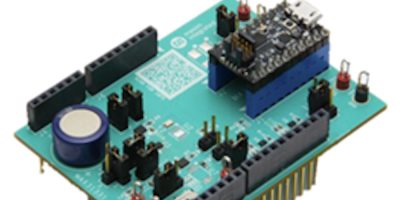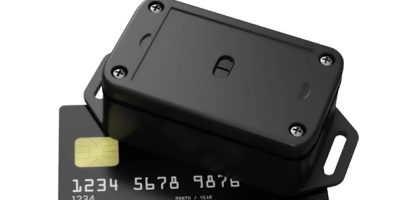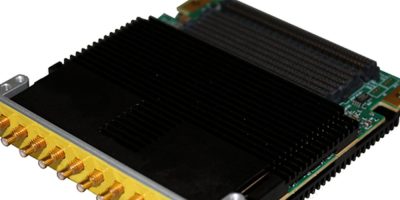Two smart switches from Skyworks extend the company’s portfolio. The Si834x isolated smart switch and the Si830x smart switch are the latest additions to Skyworks’ isolation portfolio which is used in a varied range of applications, including industrial automation, transportation systems, home entertainment electronics and medical systems.
The Si834x devices provide up to four isolated high- or low-side switches with low on state switch resistance. They are suitable for driving resistive and inductive loads including solenoids, relays and lamps commonly found in industrial control systems such as programmable logic controllers (PLC). Each switch is galvanically isolated for safety using Skyworks’ CMOS based isolation technology.
The Si834x switches are robust and flexible load drivers and are capable of providing up to 0.5A of IEC61131-2 compliant continuous current in a quad channel configuration, or up to 2.5A of continuous current in a single channel configuration.
Each switch can detect an open circuit condition and is protected against over-current, over-voltage from demagnetisation (inductive kick or flyback voltage), and over-temperature conditions.
An innovative multi-voltage smart clamp is used to efficiently handle an unlimited amount of demagnetisation energy, confirmed Skyworks. The Si834x over-current protection includes an inrush current mode on select products, allowing the switch to drive challenging loads such as lamps and DC motors. The device power supplies are monitored and the switches are safely constrained or shutdown if a fault is detected
The second introduction is the Si830x switches, which are designed for driving resistive and inductive loads like solenoids, relays and lamps commonly found in industrial control systems like programmable logic controllers (PLCs). They are easily interfaced directly to a microcontroller, or controlled through a digital isolator or optocoupler-based isolation barrier, said the company.
The logic interface supports low power 2.5 to 5.0V microcontrollers and is powered by the switch’s high voltage field power supply. The field power supply supports a wide supply range, from 9.0 to 32V, for industrial voltage levels. The switches are capable of providing 0.7A under any valid load condition. A multi-voltage clamp efficiently handles an unlimited amount of demagnetisation energy. Each switch offers fault protection and has over-current protection based on power estimation to keep the device cool and operational, even during a short circuit event. Additionally, the device power supplies are monitored, and the switches are safely constrained or shutdown on faults.
Three diagnostics are reported through an active-low, open-drain fault indicator pin. It can be connected to an LED for instant user feedback, connected to a microcontroller for advanced software control, or tied together with additional fault pins from other devices to simplify user feedback or reduce board layout complexity.







